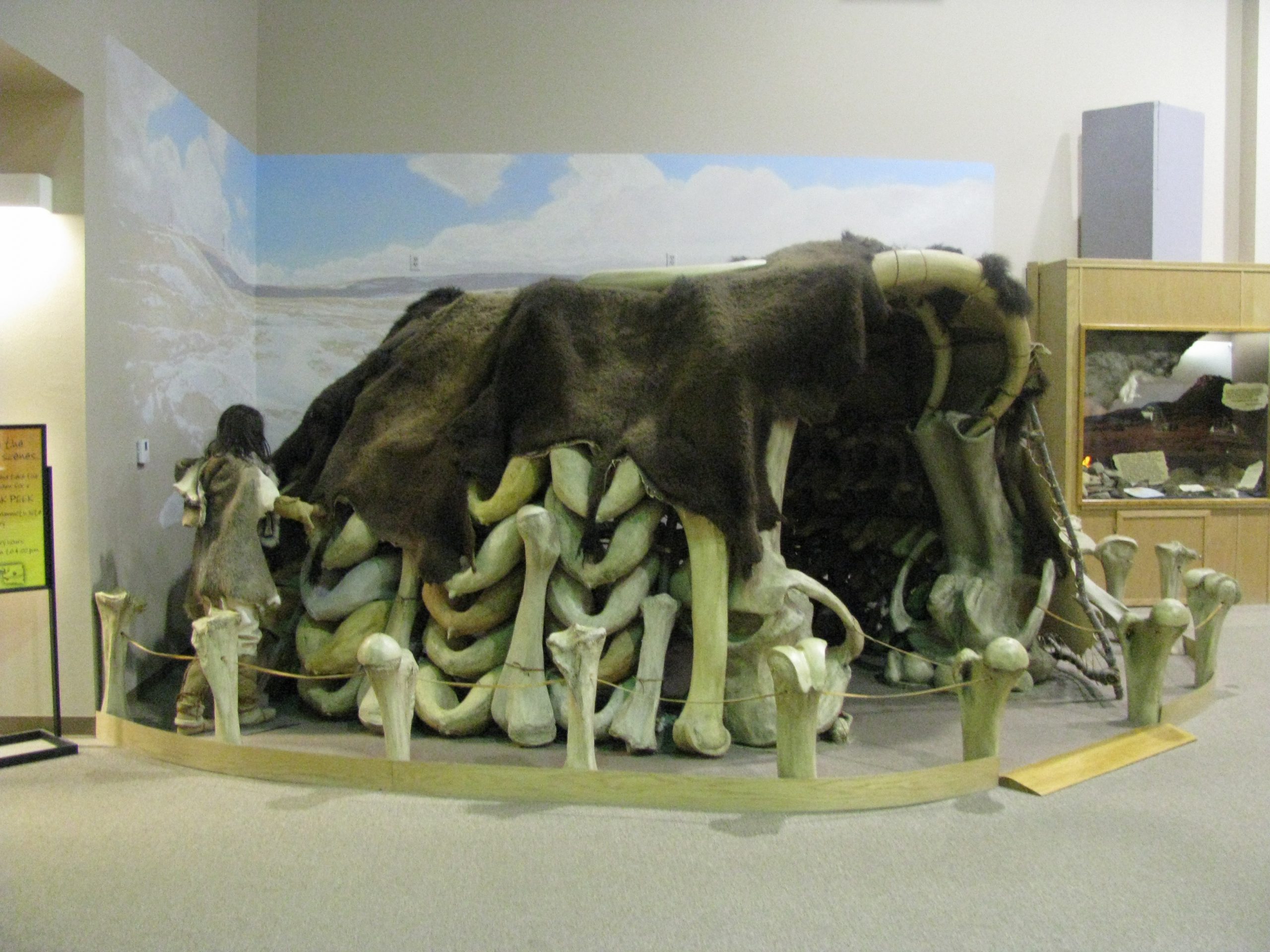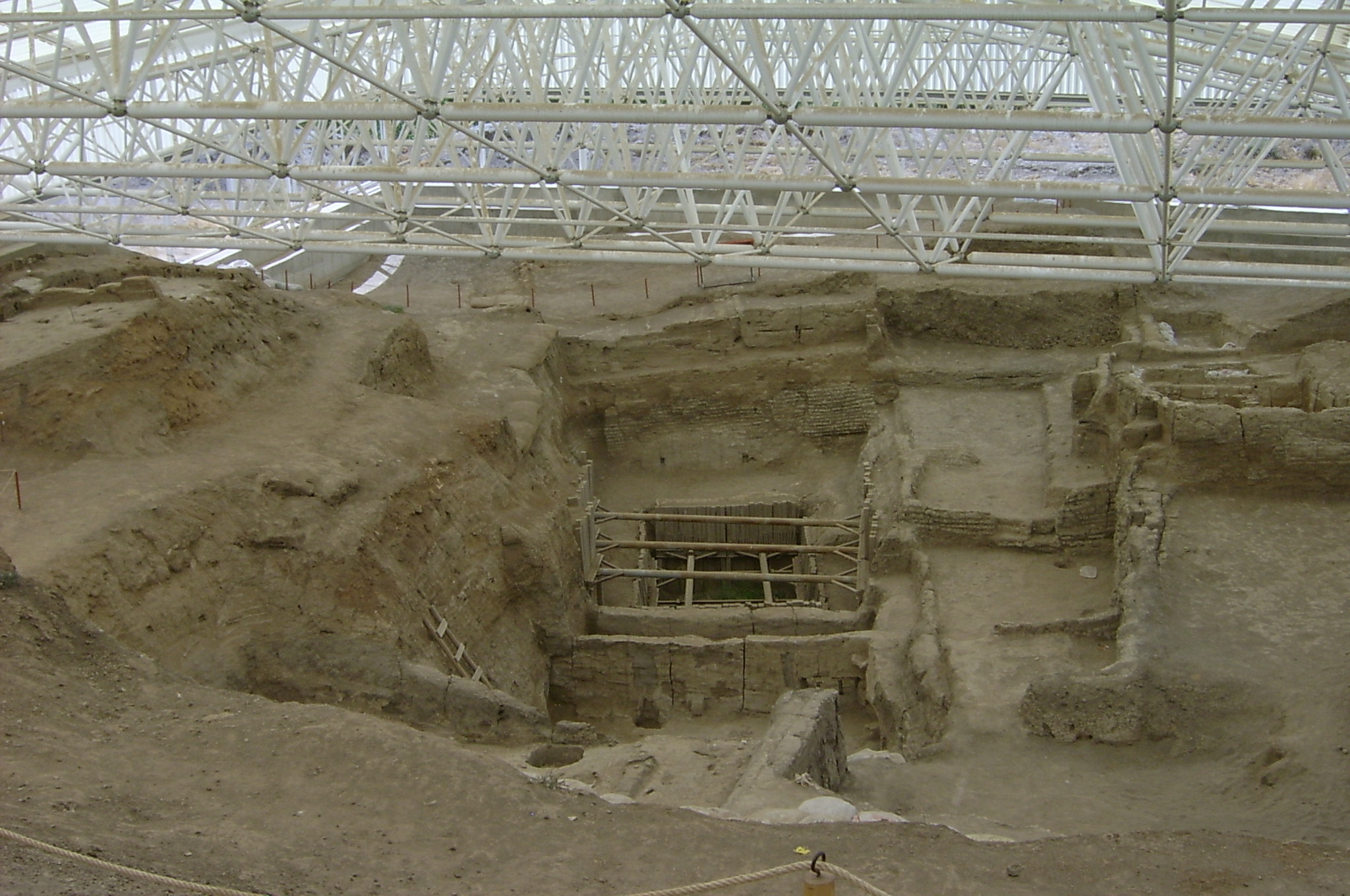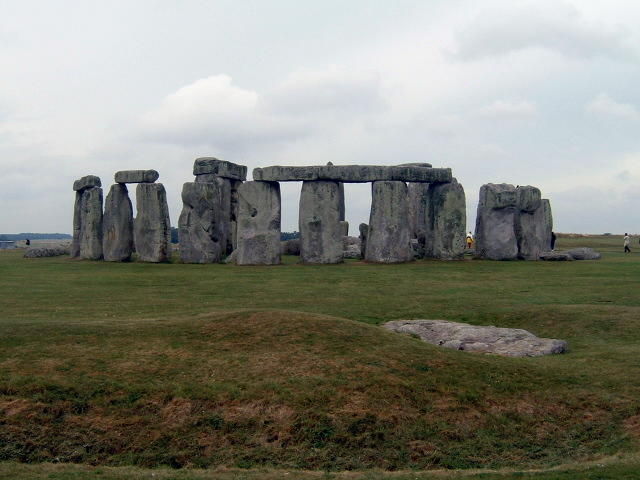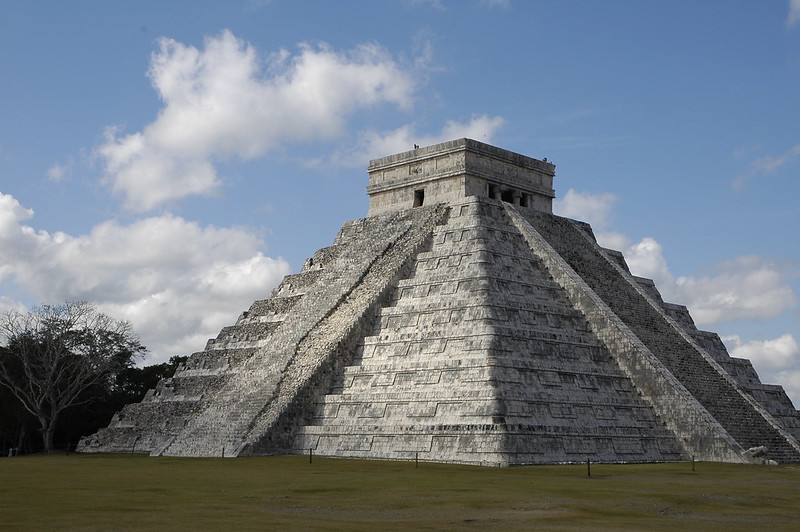10 Social Organization
Complete the table below with information you heard in lecture, fill in all the blank spaces:
|
blank cell |
Band |
Segmentary Society |
Chiefdom |
State |
|---|---|---|---|---|
|
Total Numbers |
Less than 100 | Up to a few 1000 | 5000-20,000+ | 20,000+ |
|
Social Organization |
|
|
|
Class-based hierarchy under king or emperor; Armies |
|
Economic Organization |
|
|
Central accumulation & redistribution; Some craft specialization |
|
|
Religious Organization |
|
Religious leaders; Calendrical rituals |
|
|
|
Contemporary Examples |
Inuit; San; Australian Aborigines | Pueblos; New Guinea Highlanders; Nuer and Dinka |
NW Coast Native Americans; 18th century Polynesia | All modern states |
|
Settlement Pattern |
Urban: cities, towns; frontier defenses; roads | |||
|
Architecture |
See Figure 10.1 below: Mezhirich mammoth hut | See Figure 10:2 below: Çatalhöyük Permanent huts; Burial Mounds; Shrines |
See Figure 10.3 below: Stonehenge | See Figure 10.4 below: Chichén Itzá |
|
Archaeological Examples |
Early metal working and Formative societies |
Table 10.1: Social Organization Chart




- What is the four-fold classification system of societies, and who was the anthropologist that developed it?
-
Settlement pattern analysis is a common method for investigating social organization in the past, since different types of societies lived in different types of homes and settlements. For example, most hunter-gatherers live in band societies, a) what type(s) of architecture do band societies often have? These groups can be highly mobile which means they move around the landscape a lot, b) what would their settlement pattern look like? c) What types of archaeological sites would you expect to be left behind by band societies?
-
Describe each type of social organization in detail.
- Band:
- Segmentary Society:
- Chiefdom:
- State:

